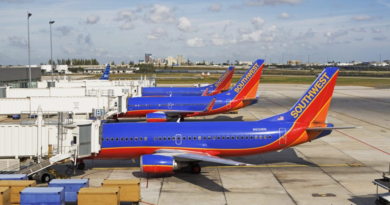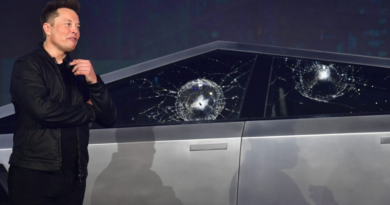PepsiCo's top designer thinks design is now a competitive advantage
When Mauro Porcini was offered the chance to jump ship from 3M and become PepsiCo’s first-ever chief design officer, he initially turned it down. It took a meeting with then-CEO Indra Nooyi in the French city of Grenoble to get him to reconsider.
“She was trying to reshape an entire industry, an entire way of interacting with the world of food and beverage,” Porcini said Wednesday in a video conversation at Fortune‘s Brainstorm Design conference in Macau, China.
Immediately after joining PepsiCo, Porcini said he faced a “baptism of fire”, in the company’s attempt to respond to Coca-Cola’s then-novel soda dispensing machine. PepsiCo’s arch-rival launched its Freestyle dispenser in 2009, which allowed users to choose from over a hundred different drinks on demand. The technology, called “microdosing,” used cartridges to spurt out a precise amount of flavored concentrate to match to a customer’s choice.
Porcini said he felt Pepsi wanted to compete and “try to beat [Coca-Cola] at the same game.” Instead, with “no official budget,” he started talking to customers and found that the fancy new technology didn’t meet what users wanted.
“Customers, first of all, were very price sensitive. They didn’t want to spend so much money for those kinds of machines,” he said. Plus, the machines were big, so many customers didn’t “have the space.”
“We realized that eventually there was an opportunity to use a different technology…and [use] some of the cost savings in adding additional features that were really relevant to the customer,” he said.
Lucas Schifres for Fortune
PepsiCo launched its touchscreen dispenser Spire in 2014. Unlike Coca-Cola’s Freestyle, the Spire used the traditional bag-in-box system to dispense soda, which was cheaper than the cartridges in Coca-Cola’s technology. The Spire’s smaller footprint succeeded in winning new customers for PepsiCo.
On Wednesday, Porcini said he brought that same approach to Pepsi’s logo. The company, at the time, had just debuted a new (and controversial) logo, but many bottlers rejected the new design. “They didn’t think it was the right one, didn’t have the right energy,” Porcini said.
But the designer knew he couldn’t just start again from scratch. “We just launched the new logo,” he remembered. “I couldn’t change it right away!” Instead, he resorted to small tweaks to the font and the color, and got all bottlers on board by 2013. (Porcini was eventually able to design a new, more retro-styled logo for Pepsi, which the company debuted earlier this year).
Design’s competitive advantage
On Wednesday, Porcini argued that design now offers companies a competitive advantage.
Companies could get away with a shoddy product in the past, the designer argued, as business leaders could use “other levers to protect…the mediocrity of your offering.”
But that doesn’t fly in a more globalized and digital world. “The traditional barriers to entry of business… [are] crumbling down,” he said. “Either you create something extraordinary for people, or somebody else will do it on your behalf,” he said.
“Your best competitive advantage is human centricity, creating value for people. And design is all about this,” he concluded.



